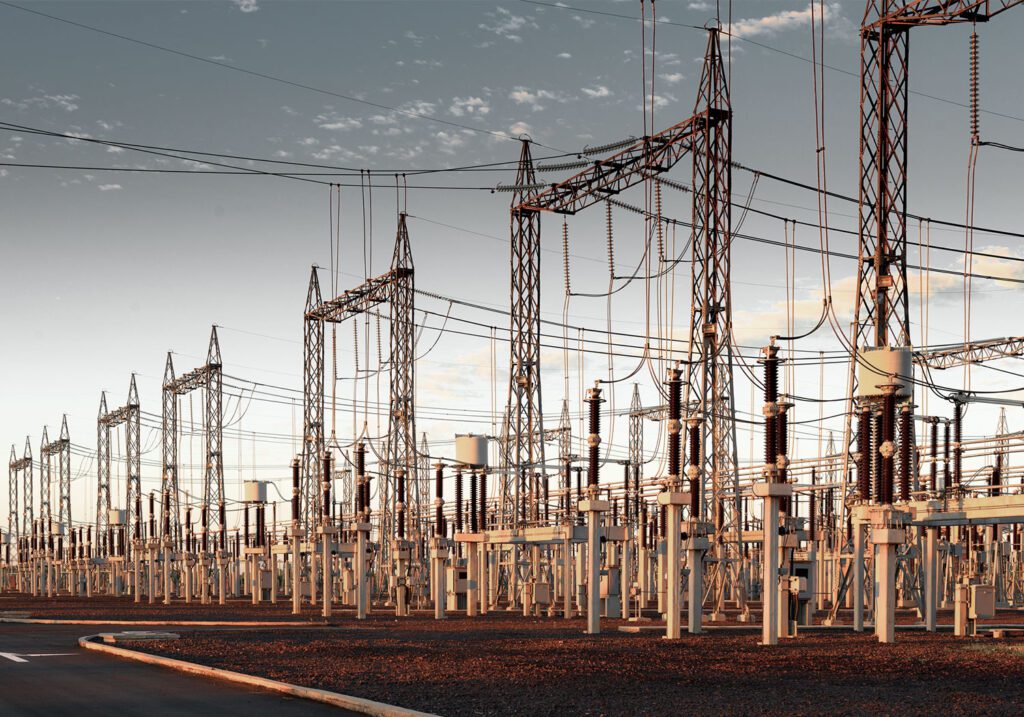The Challenge
The Netherlands is committed to achieving Net Zero, but the transition to renewable energy presents significant challenges. Wind turbines are subject to shifting landscapes and unpredictable weather conditions, while solar energy fluctuates with daylight hours, cloud cover, and rain. Ensuring a stable energy supply requires effective grid management. That means balancing loads across infrastructure to maintain consistent, 24/7 energy delivery.
For one of our clients, this challenge became even more complex with the introduction of new legislation requiring that newly requested connections be granted as long as grid utilization remains below 120% capacity. Our client needed a reliable way to forecast short-term overcapacity using diverse datasets, including asset locations and local weather conditions. Without an accurate predictive model, they risked infrastructure inefficiencies, unnecessary energy loss, and potential non-compliance with the new Congestion Management Act.
The Approach
Eraneos developed a grid management system in the form of an application, designed to support Congestion Officers to take pro-active actions using the forecast of electrical load and identify capacity issues up to 48 hours in advance. The first step was to build a comprehensive living map of congestion points, allowing our client to register critical assets like substations, transformers, and power lines.
To ensure accurate forecasting, we needed to combine multiple datasets, including energy consumption patterns and real-time weather conditions. But standard weather forecasts lacked the required precision.
“Selecting the right data sources was critical – a wind turbine hundreds of meters in the air experiences vastly different wind conditions than those measured at ground level.”
Transparency was also key. If the AI model produced incorrect predictions, the team needed to understand why this was happening. The main goal was to ensure compliance while continuously improving accuracy. With legal consequences tied to grid failures, every error was critical. The solution combined historical energy consumption data with machine learning-powered weather forecasting. Eraneos worked closely with the data science team of the client to train the AI model, leveraging explainable AI techniques and MLOps tooling such as MLFlow for monitoring model quality.
The Results
Built on the client’s own AWS cloud data platform, the AI-powered grid management system integrates real-time SCADA (Supervisory Control and Data Acquisition) data with predictive modeling. Using the Snowflake based Data Platform, the model forecasts overcapacity 24–48 hours ahead, giving our client the lead time needed to balance loads effectively.
With clear visibility into congestion points, our client can now take proactive action, whether by redistributing energy, trading excess capacity on specialized markets, or allocating it to local infrastructure like EV charging stations. In the rare event of a sudden change in conditions, such as an unexpected storm, emergency measures like curtailment can be used to protect equipment.
The prediction model is key to the success of the Grid Management System, but has shown the potential to be used for other use cases as well. And to accommodate multiple use cases, the entire prediction part was spun off into a Forecast-as-a-Service (FaaS) that now powers the Grid Management System. Now in daily use, the AI-powered system enables our client to manage its electricity grid efficiently and in full compliance with regulations, ensuring a smarter, more resilient grid for the future.
Let’s create sustainable change together

Ramon van der Wal
Partner – Industry
Energy & Utilities

Emilio Oldenziel
Lead AI
Data & AI

Meindert Duker
Partner – Industry
Energy & Utilities | Manufacturing | Real Estate
